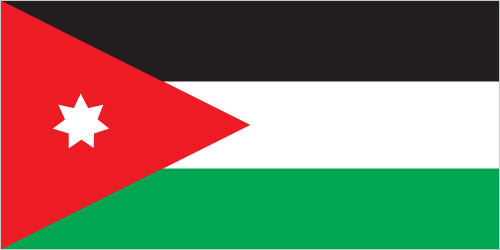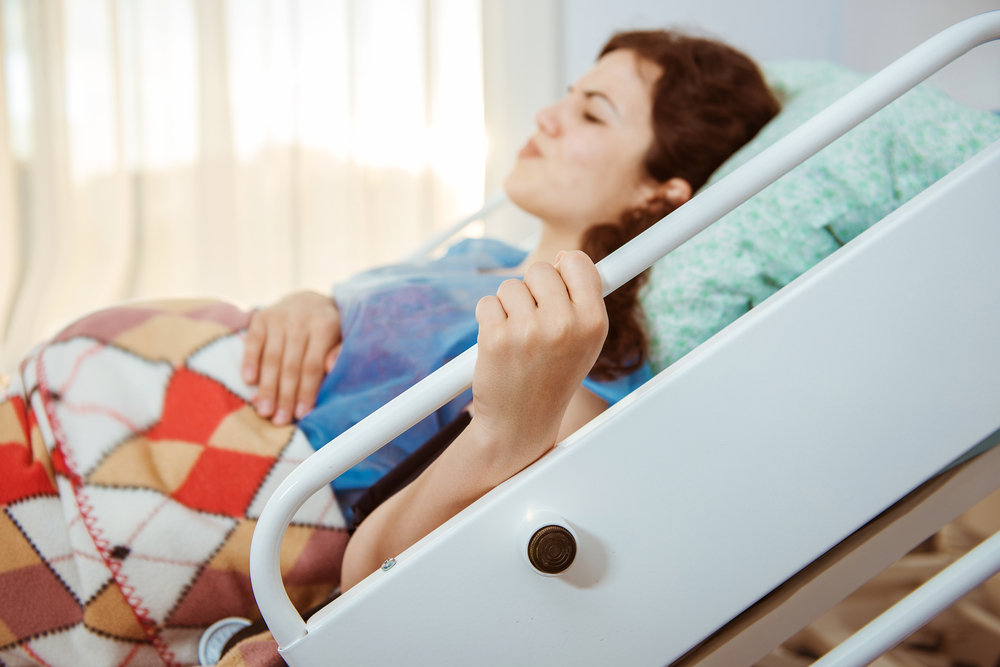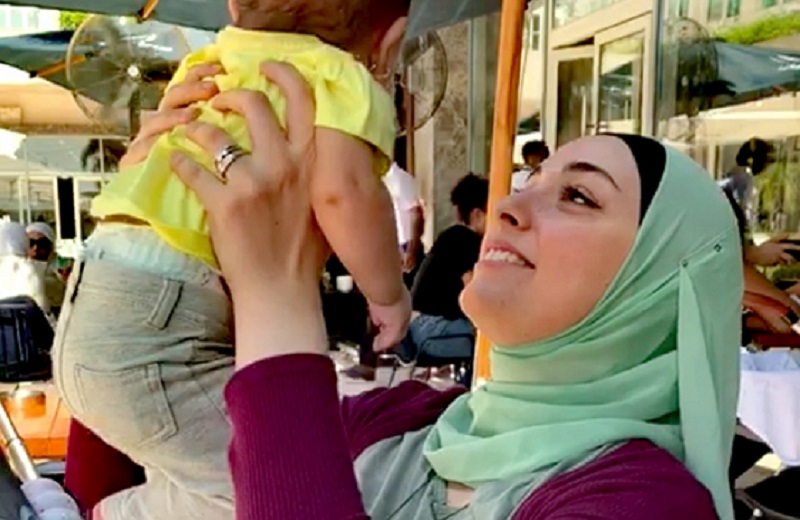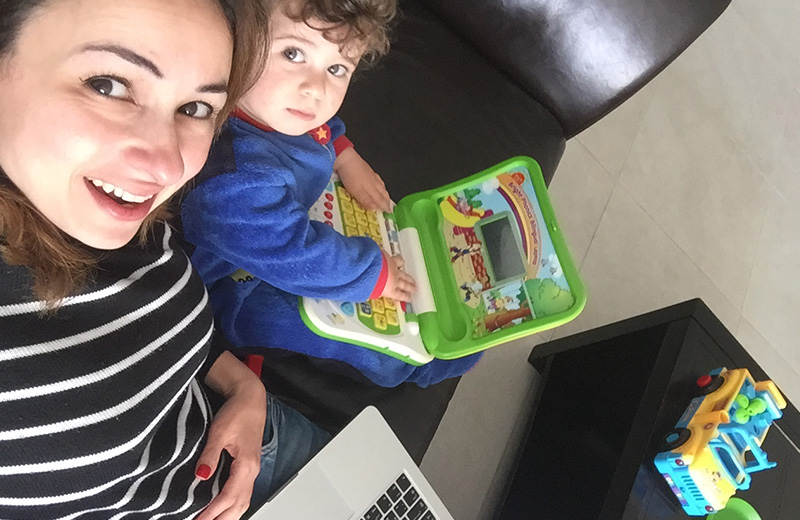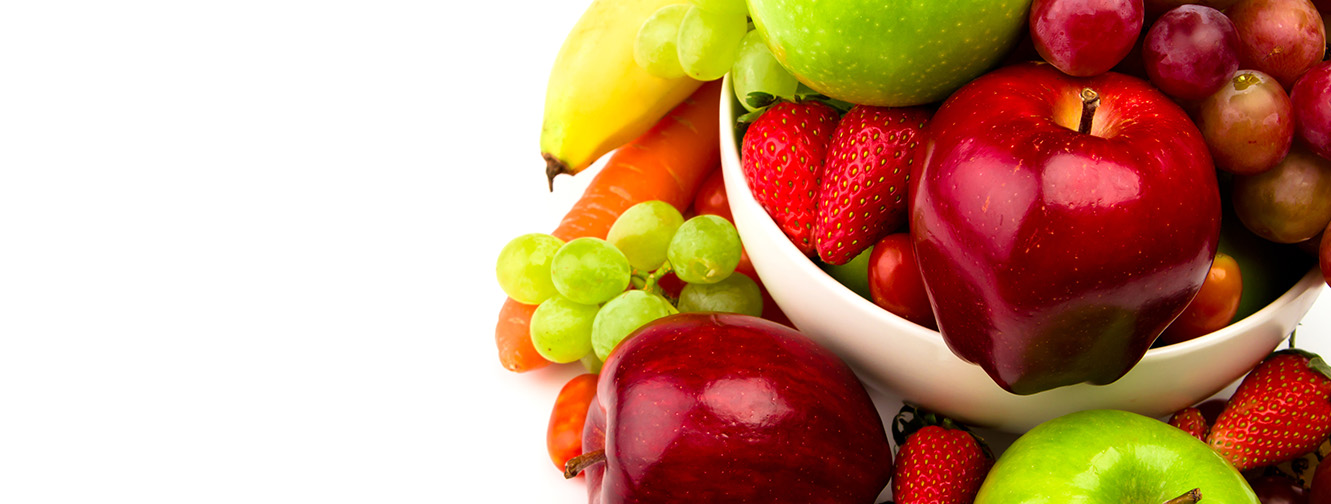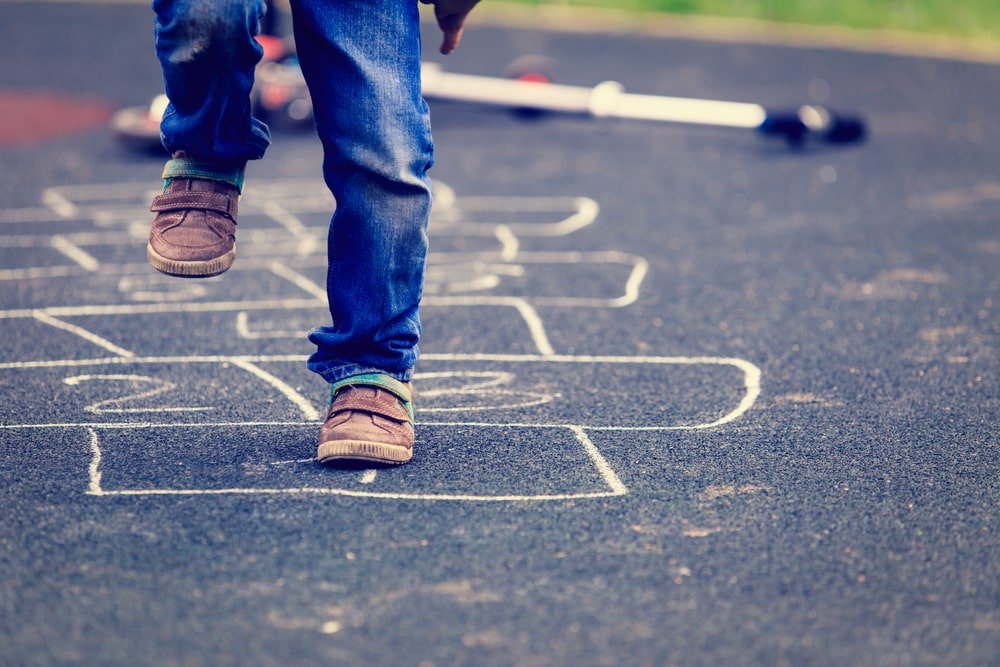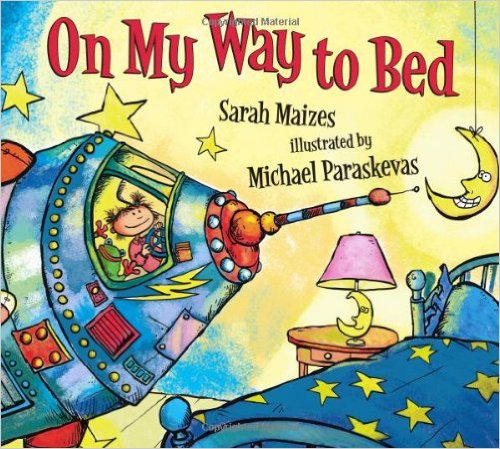First days of life – umbilical stump

After giving birth, you can sometimes feel lost about the steps to follow or the way to take care of your newborn. It is always scary to handle everything without medical help. But don’t worry, every mother feels this way, and we will give you a few advice to make these first days (or weeks) easier.
First of all, a matter that is often disregarded is how to proceed with the umbilical stump (commonly called belly button)
During pregnancy, your baby received food and oxygen through the umbilical cord that connected your placenta to your baby’s abdomen. Once you give birth, the cord is not needed anymore. Therefore, doctors will cut it off at delivery. The umbilical stump (or belly button) is the small remaining portion of the umbilical cord located on your baby’s stomach. It will dry up within one to two weeks, but there are some specific things for you to do so it heals properly.
Below are some care instructions and recommendations to follow during this period:
-
First of all, let the stump fall off naturally. Do NOT try to force it off
-
Usually, the stump heals faster once left alone. Research has shown that cleaning the stump with an alcohol swab, or dab it gently with gauze and saltwater was NOT beneficial.
-
In case the stump becomes sticky, clean it with saltwater and dry in a clean cloth
-
Until the stump falls off, only sponge bathe your baby
-
Try to keep the belly button area dry and exposed to air as much as possible
-
Do not rub the area dry as it may cause irritation
-
Usually, you should not have to use antibiotic creams or powder.
-
Consult your doctor BEFORE applying any medication
Sometimes, healing does not go as smoothly as expected. This is not something to be scared about.
If one of the following cases happen, just consult your doctor who will be able to help you take care of it:
-
Redness or swelling of the umbilical stump or the skin around it
-
Bad smell occurrence
-
Discharge of any color
-
If the stump doesn’t fall off within two weeks
-
Significant bleeding after the stump has fallen (not a few common spots)
-
Yellowish discharge on skin or cloths during or after the stump has fallen
The formation of the belly button is a natural process that you should not be over worrying about. However, it is always comforting and helpful to keep these advices in mind. If you have any doubt or question, always refer to a professional opinion: your doctor will always be the best person to go to for help.

